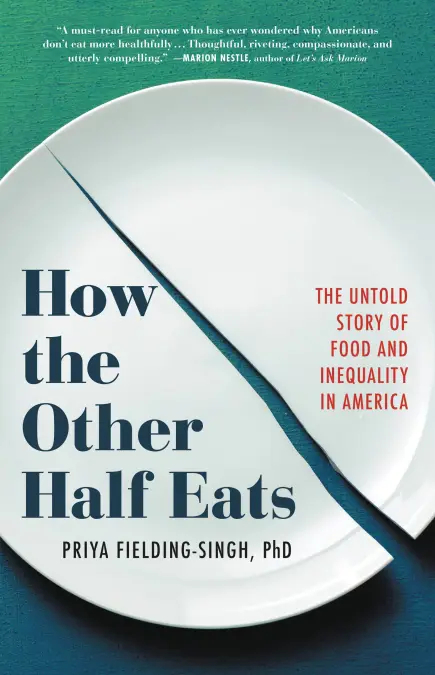Food inequality: One part of a much larger problem
DOI:
https://doi.org/10.5304/jafscd.2022.114.004
Keywords:
Food Inequity, Nutrition, Class, Race, Food AccessAbstract
First paragraph:
In 2014, researchers ascribed the growing nutritional inequality in America to two factors: the price of wholesome foods and geographic inaccessibility for families living in food deserts (Wang et al., 2014). Priyah Fielding-Singh believed that the causes had to be much more complex than that. As a doctoral student in sociology at Stanford University, she conducted an ethnographic study that involved interviewing 160 parents and children and extensively observing four families. Her findings, reported in How the Other Half Eats: The Untold Story of Food and Inequality in America, reveal the complexity of causes, as she was expecting, of growing nutritional inequality. She also addresses the need to see food inequality as one interconnected facet of socioeconomic inequality rather than as a standalone problem. . . .
Metrics

Downloads
Published
How to Cite
Issue
Section
License
Copyright (c) 2022 Jules Hathaway

This work is licensed under a Creative Commons Attribution 4.0 International License.
The copyright to all content published in JAFSCD belongs to the author(s). It is licensed as CC BY 4.0. This license determines how you may reprint, copy, distribute, or otherwise share JAFSCD content.












